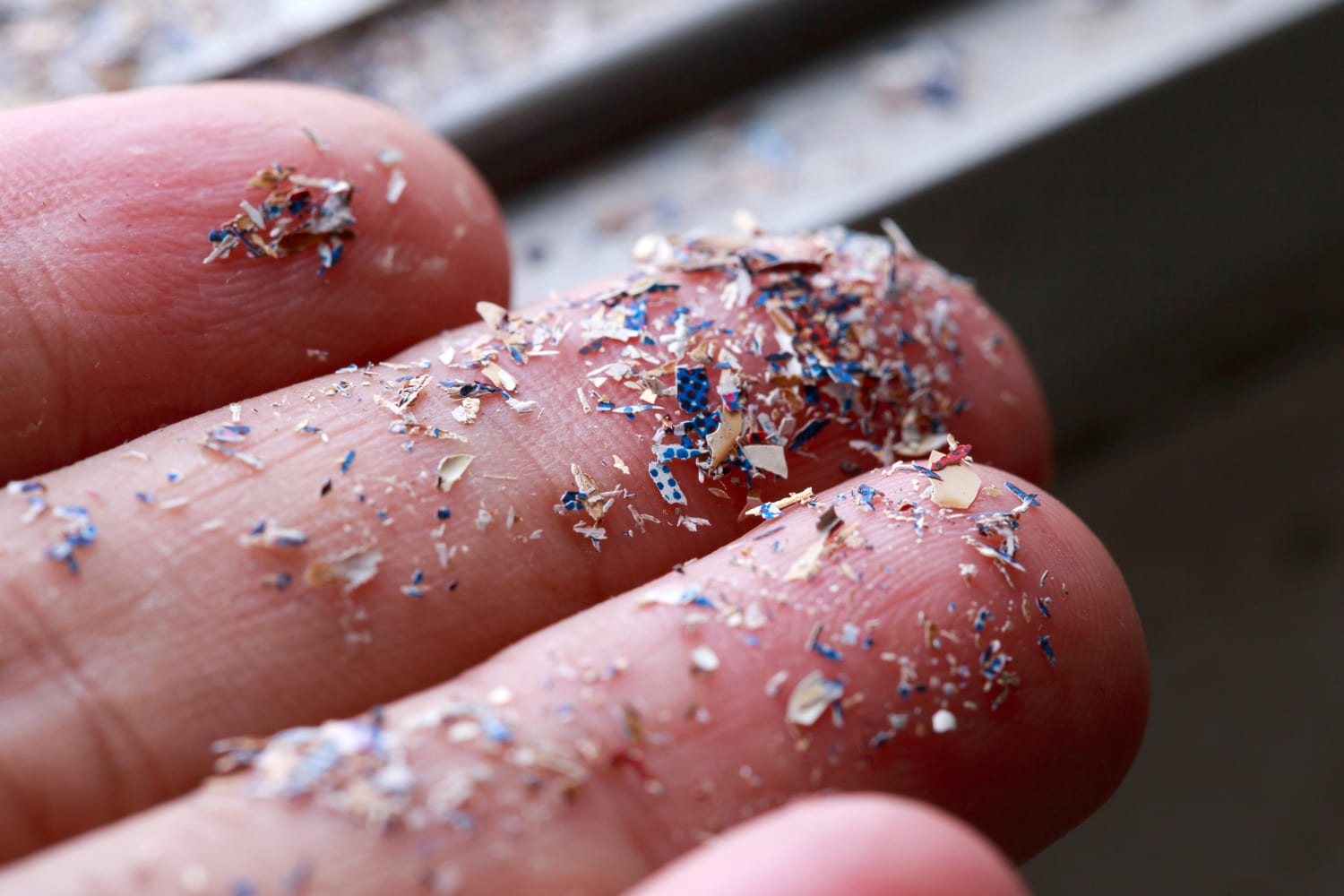Microplastics: The Tiny Threat Lurking Everywhere
Have you ever heard of microplastics? If not, you're not alone. These tiny plastic particles, less than 5mm in size, have become an increasing concern for our environment and health in recent years. They're present in our oceans, lakes, rivers, and even in the air we breathe. But how did they get there, and what harm can they cause?
Let's start by understanding what microplastics are. They're small pieces of plastic that come from a variety of sources, including cosmetics, synthetic textiles, and even car tires. These materials break down into tiny pieces over time, and those particles can enter our waterways and ecosystems.
Once in the environment, microplastics are consumed by animals like fish and birds, and eventually, they make their way up the food chain to humans. That means that we could be consuming microplastics without even realizing it. Studies have found microplastics in everything from seafood to bottled water.
The problem with microplastics is that they can harm the animals that ingest them. In some cases, microplastics can cause physical damage to the digestive system or blockages that prevent animals from getting the nutrients they need to survive. In other cases, microplastics can release chemicals that are toxic to animals, which can lead to long-term health problems.
But microplastics aren't just a problem for animals. They can also have serious consequences for human health. Studies have found that microplastics can enter our bodies through the food we eat, the water we drink, and even the air we breathe. Once inside our bodies, they can cause inflammation and damage to organs like the liver and kidneys.
Microplastics have also been linked to reproductive problems and cancer. In one study, researchers found that exposure to microplastics could cause changes in the gene expression of human cells, which could lead to the development of cancer.
So, what can we do about microplastics? The first step is to become more aware of the products we're using and how they impact the environment. We can choose products that are free of microbeads, which are tiny plastic particles often found in personal care products like toothpaste and exfoliating scrubs.
We can also support companies that are taking steps to reduce their plastic use and find more sustainable alternatives. Many companies are now offering products made from biodegradable materials like bamboo or cornstarch.
Another important step is to reduce our own plastic consumption. We can use reusable bags, water bottles, and containers instead of single-use plastics. And we can recycle as much as possible to keep plastic out of landfills and the environment.
Finally, we can support organizations and initiatives that are working to address the problem of microplastics. Groups like The Ocean Cleanup are working to remove plastic from our oceans, while others are advocating for legislation to ban microbeads and reduce plastic pollution.
Labels: Interesting, science, Technology


0 Comments:
Post a Comment
Subscribe to Post Comments [Atom]
<< Home